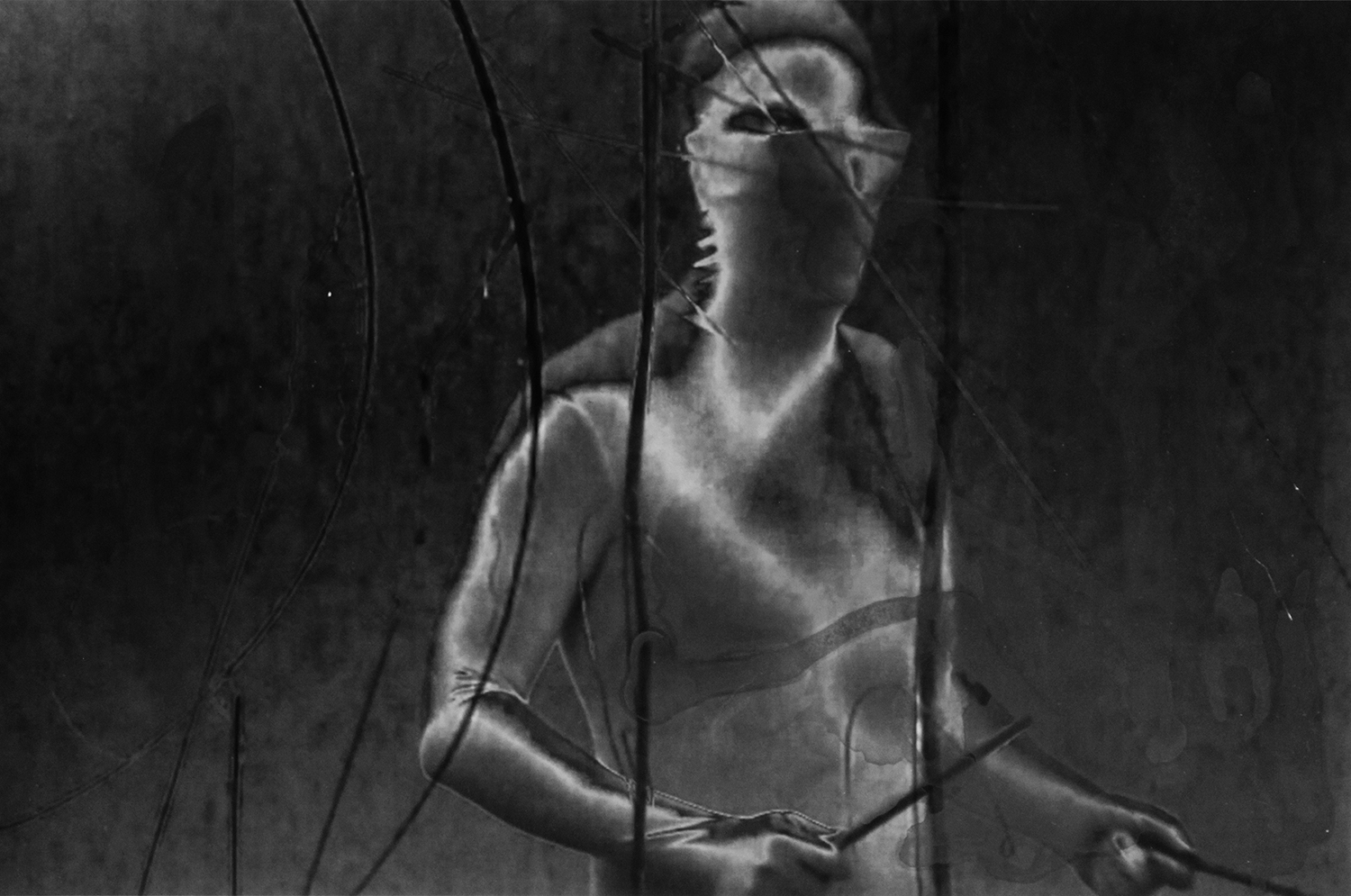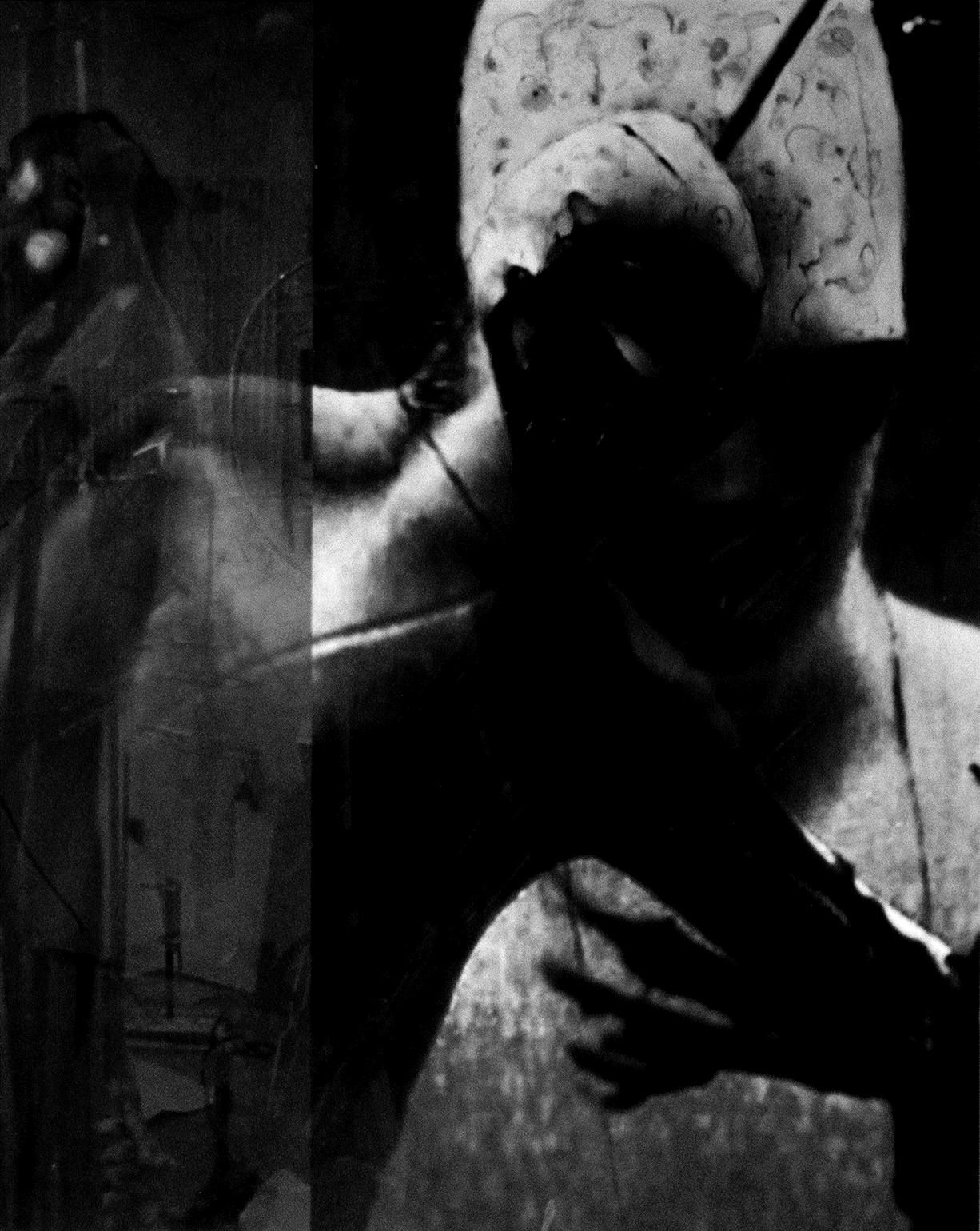Nick Herman
Fanatic God, a two-fold shape is thine:
Thy various names and attributes I sing.
When Rachel Carson wrote Silent Spring, her dire warning about technology’s unintended environmental consequences, she evoked the one phenomenon guaranteed to instill maximum dread.
That silence would elicit such fear suggests how deeply sound is associated with life, how it provides us with feedback, and how it is a real-time data loop central to our evolutionary faculties. Sound waves, in the form of both vibrations and noise, reassure us not only that we are not dead, but that we are in good company, that the operational systems we rely on are humming along.
This correlation is obvious but perhaps not obvious enough, as our bodies, however attuned to these ubiquitous noises of nature, have of late failed to notice, despite recent reports of catastrophic declines in the populations of both birds and bugs around the globe. A recent New York Times Magazine feature was titled “The Insect Apocalypse is Here.”
In hunting parlance, a trapline is a series of snares set out to follow the predicted movement of one’s prey. In following a line, traps function as a kind of simple notation, recording the movement of a species across the land.
Culture is a series of traps, opening and closing; as Bernhard Siegert notes, “the human actor has always already been decentered onto the technical object.”
Etymologically, a trap is complex, even contradictory; it is characterized by trappings; it is a dense gathering, a contraption, a system of parts that are jumbled; drapery, folds, stairs, a thick grove or furrow, or something more mephitic; your mouth, and by extension, a contrivance. A Pandora’s box, traps convey interiority and untidiness as well as ghastly hierarchies—us and them, a carnivorousness, a fraught tangle of desire and oppression; gangs traipse, an “undone woman” is a trape.
A trap uses these competing elements to confuse, a strategy that helps to ensnare; it is a weapon of guile as much as of engineering, of subterfuge. Art, like a good trap, is mimetic, appealing to tricks and to what is most animal, that which is being stalked, the wild, the wiles—using the senses to elicit attraction or justify actions in its name. A trap relies on the spring loaded and inescapable; instinct.

In this way, sound is also a trap; noises are both nature and its echo, and many animals use mimicry to fool and entrap, suggesting the threat of verisimilitude that so agitated Plato. Traps enchant us, beckoning and beguiling; animal calls are one of the oldest tools discovered by archaeologists, having been used for millennia to lure game. Traps are tricks and they trip us, too, making us fall from the pedestal of logic back to the field of impulse. Traps are doors constantly in motion; doors are the thresholds upon which culture is established.

Described as indicator species, insects and microfauna are often so unfamiliar as to be indecipherable, as alien as outer space. There are few reliable instruments in place to record their presence, save for the vernacular—reports of swarms—or absence, an uncanny stillness in the air. Two good tools do exist, the net and the microphone. Both can be construed as methods of capture, both are traps.
To measure insect populations, the most common instrument is a fine mesh, an air rake erected on land or affixed to the top of a vehicle, designed to cull the breeze. Like all traps, woven fiber has a sinister beauty, evoking craft and material alchemy, transforming raw media into elaborately woven designs; nets are evidence of our earliest technology and, by extension, of consciousness. Here, the net mirrors the microphone—both gather by grabbing what is otherwise elusive, seeing patterns in the invisible. Both demarcate. The Greek word for weaving is hyphainein: to bring to light, to make visible. In their way, nets are proto-antenna, picking up the signals broadcast by an environment that might otherwise go unnoticed but always surround us; air waves.
Field recordings have emerged as a primary method to capture this density, recording the proliferation of these otherwise small or microscopic creatures. Digital field recordings can now compile multiple layers of aural frequency, supplying an infinite listening, an archaeology of sound. These recordings can be synthesized and analyzed, establishing what has, up till now, remained muted to our senses, a measure of just how much has been lost.
Field recordings are best known for their role in ethnography and the colonial desire to compile encyclopedic knowledge; also, a ruse, a blind, a subterfuge—a screen that promises ever-greater resolution, a higher cut, a better return. Mapping the world and its many inhabitants reflects both an evolving understanding of diversity and something far darker. The ruthless economics of exploitation was based on this bait and switch, fueled by the very abundance it would come to supplant. Initially focused on recording indigenous voices, these early field studies remain uncanny reminders of how silence can be haunted, echoing not stillness, but apocalypse: from the Greek word “to reveal.” Sound retains this correlation to the silenced and how the disappeared are still among us. Sound has always shared an affinity with the occult—from the Latin, “to hide.”
That there are other registers besides the dominant one is a central lesson of the trap. Cicadas, a symbol of resurrection, are said to be humans who, having been so smitten by ecstatic sound, forgot to eat and starved, falling to the earth—the insect’s episodic life cycle and relentless drone echoes this enchantment. The trapline traps.
Even less visible than the microfauna is the mesofauna, the animals that aerate the soil and do more than forests to sequester carbon. One square meter of rich soil can host millions of organisms: nematodes, mites, springtails, proturans, and pauropods.
Capturing these subterranean creatures requires an even finer mesh; the debris must be set aside, filtered like noise. To record these legions is to hear a frequency that is closer to the origin of things, more akin to physics, slight perturbations in the continuum of space, the crackle of very low frequencies, thunder and lighting. These “spherics” resemble what the earliest photographers called “pencils of light.”
The history of field recordings overlaps with other inadvertent listening, like the radio astronomers who accidentally heard the hum of deep space. This static might be said to echo in some way the slow processing of duff at the micron level, the relentless patter of dermestids and their hyper-efficient, flesh-eating mandibles. And what of the next layers? The microbes? The mycorrhizae? What sounds emerge from the tip of these chthonic probes?
A trap is also an early term for a drum kit, from its originally having contained a series of “contraptions”—whistle, cowbell, cymbal. Today, “Trap music” trades on this same basic economy of discord, announcing the hidden traps of poverty and racism. Ratta dat trap. The mineral sound of bells tolling. Or is that ordinance?
If culture was set in motion by the fold, perhaps the gate has finally swung shut. Click. Captured in a perennial state of surveillance. Photography certainly can be said to operate like a lure, advancing on and capturing life within the precise electromagnetic current of the shutter, the blinking digital eye.
For Kaja Silverman, the photograph straddles this status of containment, remaining an ontology of development, unfixed, what she terms labile.
This excessive display, this lack of control, this fall from grace, sounds messy. Not at all like silence but more like a raving, a ravenous microbial bloom, or ecstatic rite. Here, instability is felt as vibration, yet another register, more elusive, liquid, manic; here, human incontinence complicates the curse of extinction and nature’s roil; here, fanatic man, a two-fold shape is thine.
Immortal dæmon, hear my suppliant voice,
Give me in blameless plenty to rejoice;
And listen gracious to my mystic pray’r,
Surrounded with thy choir of nurses fair.
Endnotes
1. “To Bacchus,” from The Hymns of Orpheus, trans. Thomas Taylor (Philadelphia, PA: University of Pennsylvania Press, 1999). Originally translated in 1792. The Orphic Hymns are a collection of 87 hymns or short poems composed in either the late Hellenistic (C3rd or C2nd B.C.) or early Roman (C1st to C2nd A.D.) era but dating back to prehistoric sources. They are attributed to the mythical hero Orpheus and form the basis of a mystical or religious philosophy. See https://www.theoi.com/Text/OrphicHymns1.html#29.
2. Bernard Siegert, “Doors: On the Materiality of the Symbolic,” trans. John Durham Peters, Grey Room, no. 47 (Spring 2012): 8.
3. “The door is a machine by which humans are subjected to the law of the signifier.” Bernhard Siegert, “Cultural Techniques: Or the End of the Intellectual Postwar Era in German Media Theory,” trans. Geoffrey Winthrop-Young, in Theory, Culture & Society, 30:6 (2013): 60.
4. See Kaja Silverman, The Miracle of Analogy, Part 1 (Stanford: Stanford University Press, 2015).
5. Emotional incontinence is also known as pseudobulbar affect; see https://www.webmd.com/brain/pseudobulbar-affect#1.
6. “To Bacchus,” from The Hymns of Orpheus. See https://www.theoi.com/Text/OrphicHymns1.html#29.













